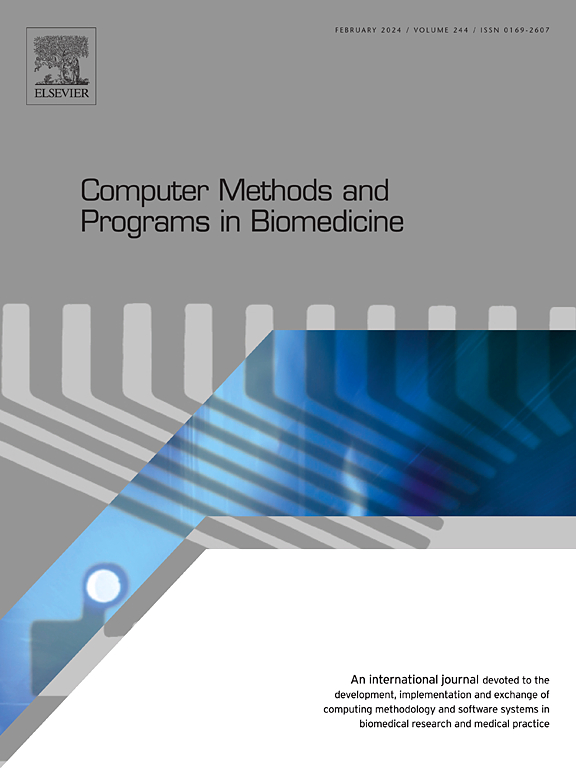AutoDPS: An unsupervised diffusion model based method for multiple degradation removal in MRI
IF 4.9
2区 医学
Q1 COMPUTER SCIENCE, INTERDISCIPLINARY APPLICATIONS
引用次数: 0
Abstract
Background and Objective:
Diffusion models have demonstrated their ability in image generation and solving inverse problems like restoration. Unlike most existing deep-learning based image restoration techniques which rely on unpaired or paired data for degradation awareness, diffusion models offer an unsupervised degradation independent alternative. This is well-suited in the context of restoring artifact-corrupted Magnetic Resonance Images (MRI), where it is impractical to exactly model the degradations apriori. In MRI, multiple corruptions arise, for instance, from patient movement compounded by undersampling artifacts from the acquisition settings.
Methods:
To tackle this scenario, we propose AutoDPS, an unsupervised method for corruption removal in brain MRI based on Diffusion Posterior Sampling. Our method (i) performs motion-related corruption parameter estimation using a blind iterative solver, and (ii) utilizes the knowledge of the undersampling pattern when the corruption consists of both motion and undersampling artifacts. We incorporate this corruption operation during sampling to guide the generation in recovering high-quality images.
Results:
Despite being trained to denoise and tested on completely unseen corruptions, our method AutoDPS has shown 1.63 dB of improvement in PSNR over baselines for realistic 3D motion restoration and 0.5 dB of improvement for random motion with undersampling. Additionally, our experiments demonstrate AutoDPS’s resilience to noise and its generalization capability under domain shift, showcasing its robustness and adaptability.
Conclusion:
In this paper, we propose an unsupervised method that removes multiple corruptions, mainly motion with undersampling, in MRI images which are essential for accurate diagnosis. The experiments show promising results on realistic and composite artifacts with higher improvement margins as compared to other methods. Our code is available at https://github.com/arunima101/AutoDPS/tree/master

AutoDPS:基于无监督扩散模型的磁共振成像多重降解去除方法
本文章由计算机程序翻译,如有差异,请以英文原文为准。
求助全文
约1分钟内获得全文
求助全文
来源期刊

Computer methods and programs in biomedicine
工程技术-工程:生物医学
CiteScore
12.30
自引率
6.60%
发文量
601
审稿时长
135 days
期刊介绍:
To encourage the development of formal computing methods, and their application in biomedical research and medical practice, by illustration of fundamental principles in biomedical informatics research; to stimulate basic research into application software design; to report the state of research of biomedical information processing projects; to report new computer methodologies applied in biomedical areas; the eventual distribution of demonstrable software to avoid duplication of effort; to provide a forum for discussion and improvement of existing software; to optimize contact between national organizations and regional user groups by promoting an international exchange of information on formal methods, standards and software in biomedicine.
Computer Methods and Programs in Biomedicine covers computing methodology and software systems derived from computing science for implementation in all aspects of biomedical research and medical practice. It is designed to serve: biochemists; biologists; geneticists; immunologists; neuroscientists; pharmacologists; toxicologists; clinicians; epidemiologists; psychiatrists; psychologists; cardiologists; chemists; (radio)physicists; computer scientists; programmers and systems analysts; biomedical, clinical, electrical and other engineers; teachers of medical informatics and users of educational software.
 求助内容:
求助内容: 应助结果提醒方式:
应助结果提醒方式:


